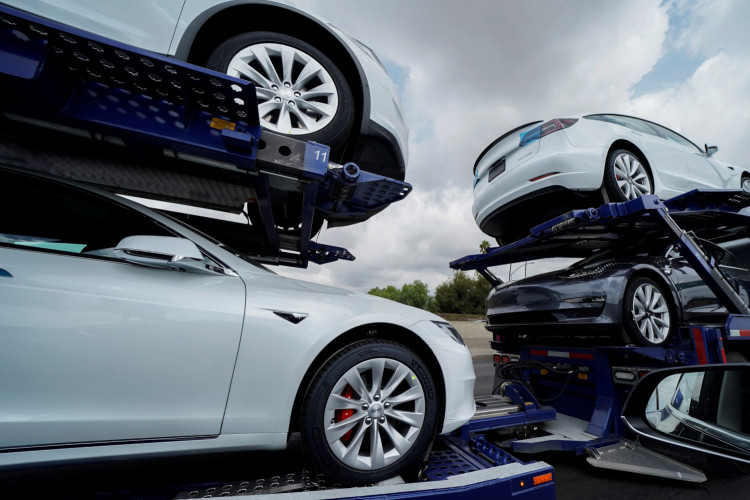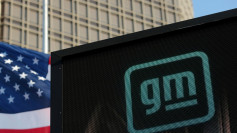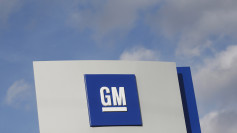One of the reasons why gas-powered car owners think twice about switching to electric vehicles is because of charging times. It's a fact that it takes longer to charge then just going to the gas station and wait for your car to fill up. Tesla appears bent on changing the minds of traditional car owners and is working to speed up the process of charging EVs.
In March, Tesla submitted a new patent application for a liquid-cooled charger connector. The patent was only published last week.
This liquid-cooled charger is designed in such a way that it can be actually plugged into the car. This is good news to Tesla car owners because the cooler the component, the higher the current load it can handle.
Tesla claims that the new design is more efficient:
"The two-part structure of the PCB (A 902) allows for a more efficient routing of electrical wires of charging connector 210, and overall size of charging connector (210) may be conveniently reduced."
The charging cables that we have right now can't dissipate heat well enough because the connectors aren't capable of handling extremely high voltage. Using a liquid-cooled unit will allow automakers to raise the voltage up so that EVs are charged faster. If EV owners can charge their cars faster, this should solve the predicament of hesitating to buy an electric-powered car.
Tesla's V3 Supercharger station already has a liquid-cooling charging cable, but a connector should make charging times faster than ever. Within the connector, the patent application describes "An inlet conduit and an outlet conduit within the manifold assembly" that altogether "create a fluid flow path."
The new V3 Superchargers need not split power between cars, by the way. A single car's battery is provided with full power all the time.
It could take a while before this liquid-cooled charger connector materializes, but we're hopeful of Tesla's aim for change to make charging times faster and easier.
For now, Tesla keeps its customers occupied with its V10 software update that rolled out last week. Over the weekend, there were also reports of Tesla filing for a new windshield wiper patent.
In this patent application, the automaker describes a very different way to power wipers. Instead of using simple recirculating electric motors, Tesla's design mounts the wiper arms to electromagnetic guide rails that can operate more efficiently thanks to reduced friction and allows the wipers to cover more of the window by creating an altered sweep.




